When it comes to fire safety, selecting the appropriate fire equipment plays a critical role in determining the outcome of a fire incident. This expert guide provides invaluable insights and practical advice for choosing the right firefighting equipment. From alarms to extinguishers and everything in between, we empower you with the knowledge to make informed decisions and ensure the safety of yourself and others.
Fire Equipment Guide Overview:
Difference Between Firefighting Equipment for Corporations and Residences
a. Scope and Scale
b. Regulatory Fire Safety Requirements
c. Complexity of Fire Fighting Systems
d. Fire Training and Responsibilities
e. Fire Fighting Budget and Resources
Organizations that Need Firefighting Equipment Types of Fire Equipment
Types Of Fire Equipment
a. Fire Alarm Systems
b. Fire Sprinkler Systems
c. Fire Suppression Systems
Water-Based Fire Suppression Systems
i. Wet Pipe Sprinkler Systems
ii. Dry Pipe Sprinkler Systems
iii. Deluge Systems
Gaseous Fire Suppression Systems
i. Clean Agent Systems
ii. Carbon Dioxide (CO2) Systems
Foam Fire Suppression Systems
i. High-expansion foam systems
ii. Low-Expansion Foam Systems
Additional Fire Equipment
a. Fire Extinguishers
b. Fire Hose Reels
c. Fire Blankets
Fire Fighting Regulations
a. National Fire Protection Association (NFPA) Codes
b. Fire Safety in The International Building Code (IBC)
c. Fire Safety in The British Standards (BS)
Supplier For All Your Fire Safety Needs
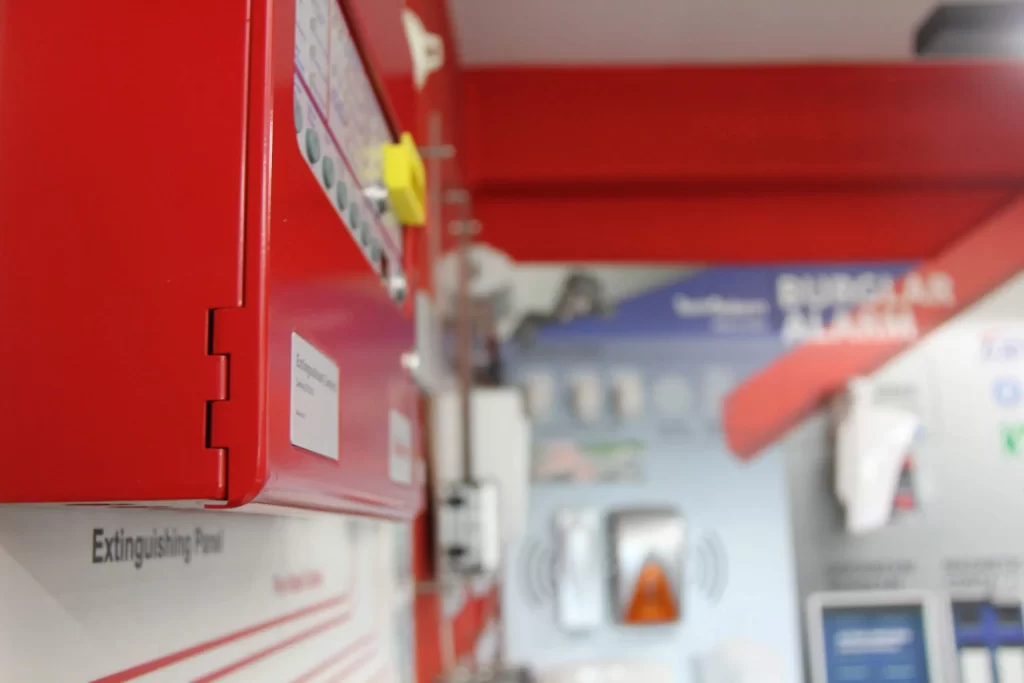
Difference Between Firefighting Equipment for Corporations and Residences
1. Scope and Scale
Fire Equipment for Corporations
They are designed to address fire risks in large-scale commercial or industrial settings. These facilities often have complex infrastructure, multiple occupancy areas, and specialized operations. The firefighting solutions need to cover extensive areas, protect valuable assets, and ensure the safety of a large number of employees and customers.
Fire Equipment for Individuals
They are typically focused on residential settings, where the scope is much smaller. The emphasis is on protecting personal property, safeguarding family members, and ensuring a safe escape in the event of a fire.
2. Regulatory Fire Safety Requirements
Fire Safety Requirements for Corporations
They are subject to strict fire safety regulations and codes imposed by local, national, and industry-specific authorities. Compliance with these regulations is essential to ensuring the safety of employees, customers, and the surrounding community. Firefighting solutions in corporate settings must meet specific standards and undergo regular inspections to maintain regulatory compliance.
Fire Safety Requirements for Individuals
Residential fire safety requirements vary by jurisdiction, but they generally involve basic provisions such as the installation of smoke detectors, accessible exits, and fire extinguishers. While regulations may not be as comprehensive as those for corporations, individuals should still adhere to local building codes and guidelines for fire safety.
3. Complexity of Fire Fighting Systems
Fire Fighting Systems for Corporations
Firefighting systems can be highly complex and diverse, involving a combination of fire detection, suppression, and evacuation systems. These systems often include advanced technology, such as fire alarm panels, automatic sprinklers, gas suppression systems, and integrated emergency communication systems. They may also require special systems for specific hazards, such as kitchen hood suppression or clean agent suppression systems.
Fire Fighting Systems for Individuals
Firefighting solutions tend to be simpler. They commonly involve basic fire safety equipment such as smoke detectors, fire extinguishers, fire blankets, and evacuation plans. The emphasis is on early warning, safe evacuation, and the ability to control small fires before they escalate.
4. Fire Training and Responsibilities
Fire Safety for Corporations
Designated personnel, such as fire safety officers or trained employees, are responsible for the management and operation of firefighting systems. Training Programs are developed to ensure that employees understand their roles, know how to use firefighting equipment, and can respond effectively in emergency situations. Regular drills and exercises may be conducted to test preparedness and evaluate the effectiveness of firefighting measures.
Fire Safety for Individuals
They are primarily responsible for their own safety in residential settings. While they may receive basic fire safety education, the level of training and knowledge may not be as extensive as in corporate environments. Individuals are generally expected to have a basic understanding of fire prevention, evacuation procedures, and the proper use of fire safety equipment.
5. Fire Fighting Budget and Resources
Fire Fighting Budget for Corporations
They typically allocate substantial budgets for fire safety, considering the complexity and scale of their operations. They invest in robust fire protection systems, professional assessments, regular maintenance, and training programs. The financial resources dedicated to fire safety reflect the potential risks and liabilities associated with corporate operations.
Fire Fighting Budget for Individuals
They often have limited financial resources and allocate a smaller portion of their budget to fire safety measures. However, basic fire safety equipment, such as smoke detectors and fire extinguishers, is still considered an essential investment for residential properties.
While the fundamental principles of fire safety remain the same for corporations and individuals, the scale, complexity, and regulatory environment shape the specific firefighting solutions implemented. Both contexts require a proactive approach to fire prevention, regular maintenance of equipment, and appropriate training to ensure the safety of people and property in the event of a fire.
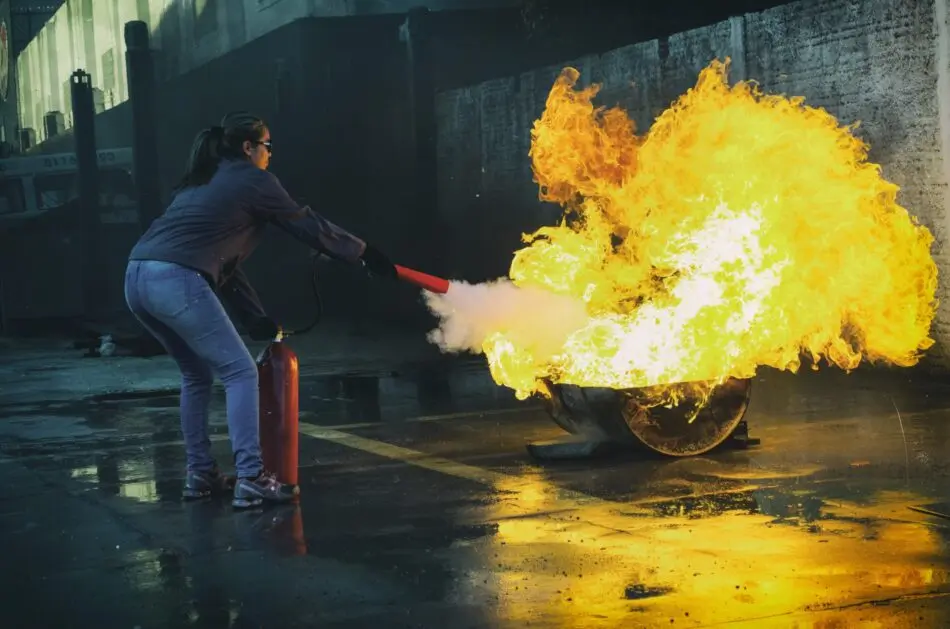
What Organizations Need Firefighting Equipment?
The clients may vary depending on the specific supplier and their target market. However, in general, we may cater to a range of clients, including:
-
- Commercial and Industrial Establishments:
-
- Offices and Corporate Buildings
-
- Manufacturing Facilities
-
- Warehouses and Distribution Centers
-
- Retail stores and Shopping Malls
-
- Hotels and the Hospitality Industry
-
- Restaurants and Food Service Establishments
-
- Data centers and IT facilities
-
- Government and Public Sector:
-
- Government Buildings
-
- Hospitals and Healthcare Facilities
-
- Police Departments
-
- Airports
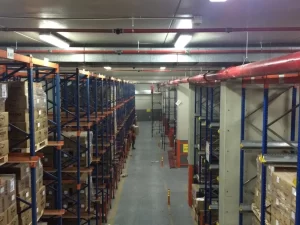
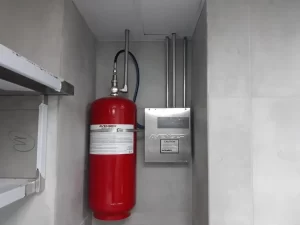
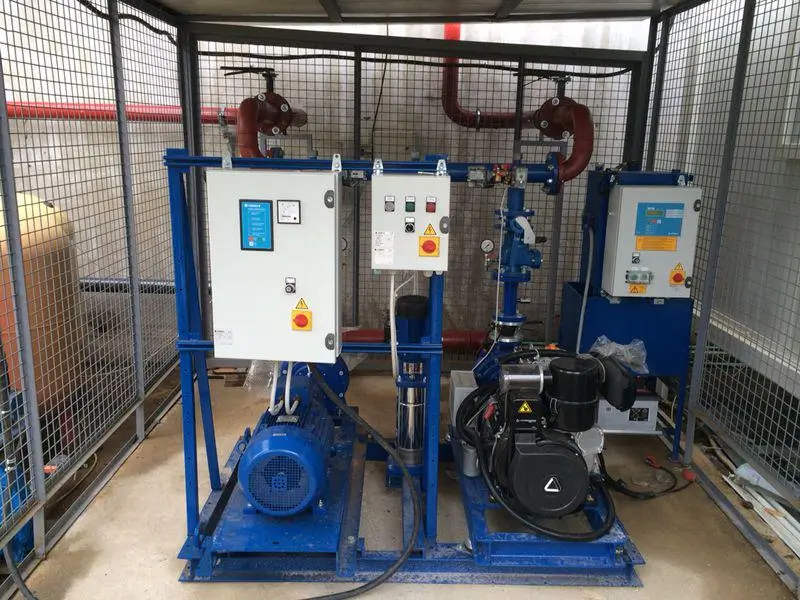

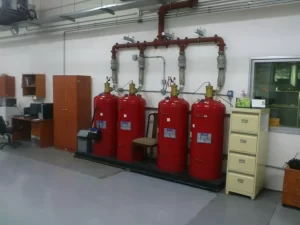

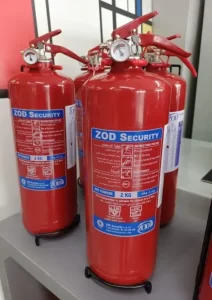

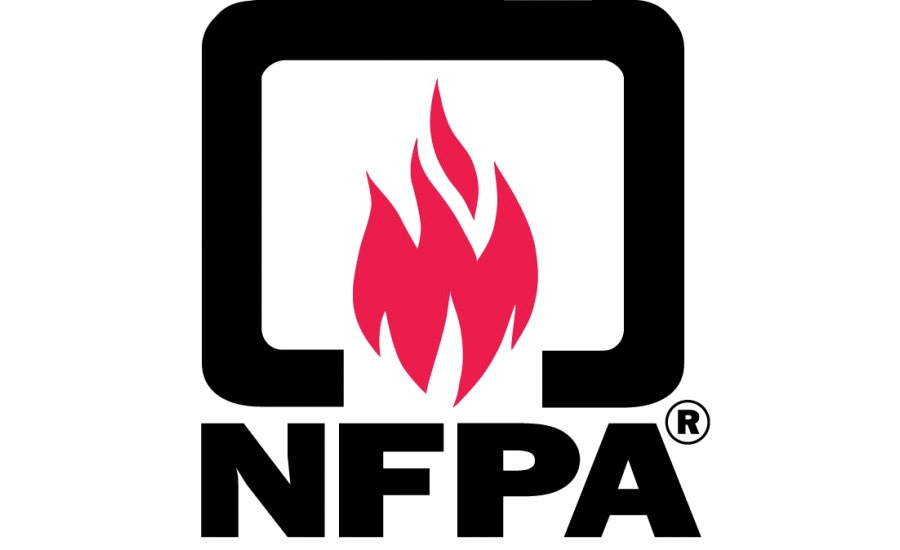


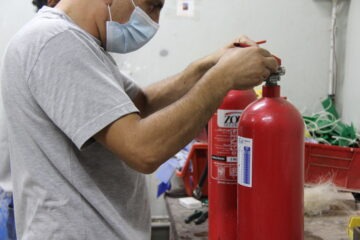

0 Comments